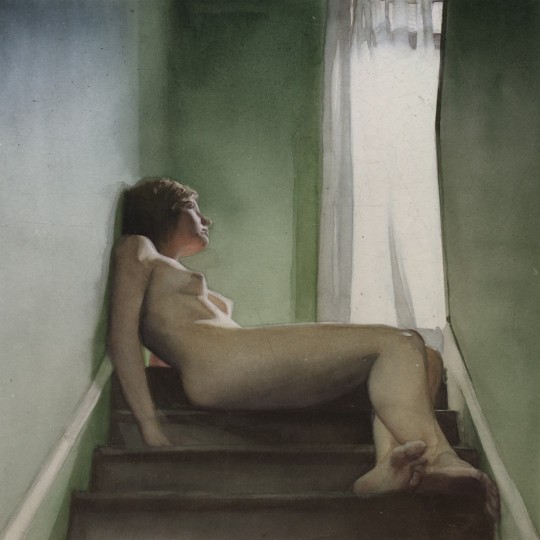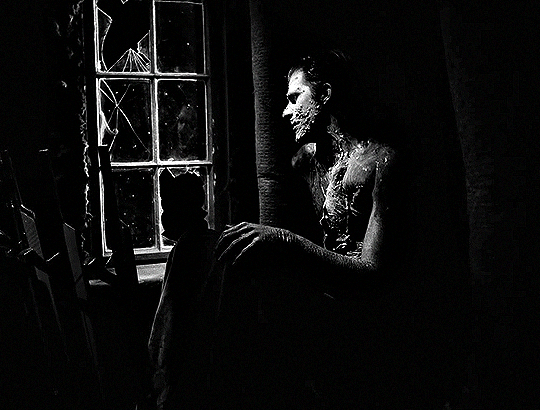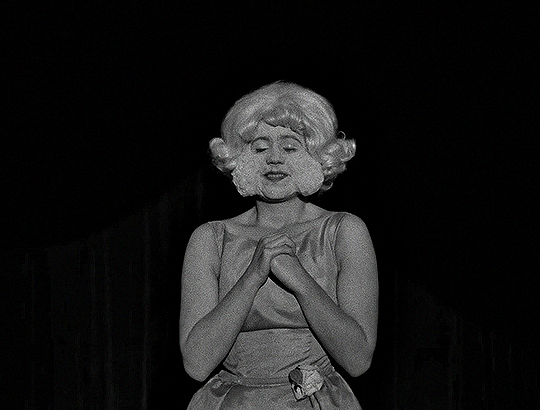Text

A park in winter.
A Childs Calendar. 1965.
Internet Archive
312 notes
·
View notes
Text

"Educational poster (showing) a group of mushrooms with the spores that connect them at the bottom. Above are a number of images of cross-sections of the mushrooms and microscopic images of the spores."
Jung-Koch-Quentell Wall Tables. 1963.
The Memory
333 notes
·
View notes
Text

"The 'sea serpent' as seen from H.M. Yacht Osborne."
Sea monsters unmasked. 1883.
Internet Archive
172 notes
·
View notes
Text

Landscape with a Double Rainbow (1812) by John Constable
940 notes
·
View notes
Text

source: bishopsbox
Albert-Joseph Penot, The bat woman (1890)
15 notes
·
View notes
Text

Master of Cardinal Bourbon, ca. 1480-1500
David and Bathsheba, ca.1500, Culture: Paris (France) (Ms. 109 (2011.40), fol. 140), manuscript tempera colors, ink and gold, 13.3x8.7 cm
The J. Paul Getty Museum (Los Angeles) Inv. 140, 2011.40.140
21 notes
·
View notes
Text





TWIN PEAKS: FIRE WALK WITH ME (1992) dir. David Lynch
570 notes
·
View notes
Photo

Roman Tintinnabulum, C. 100 BC - 400 AD
In ancient Rome, a tintinnabulum was a wind chime or assemblage of bells. A tintinnabulum often took the form of a bronze phallic figure or fascinum, a magico-religious phallus thought to ward off the evil eye and bring good fortune and prosperity.
Tintinnabula were hung in the doorways of houses and shops, often together with a lamp, as a protection against evil spirits. The name comes from the inclusion of bells that would have hung from suspension loops as seen in this example.
2K notes
·
View notes
Text


"The Ilama scene was a happy accident! I knew that if I laughed a potentially great and spontaneous moment would be lost." — KYLE MACLACHLAN
4K notes
·
View notes
Text

Portrait of Sultan Ahmet I (1603-1617) after a Painting by Konstantin Kapıdağlı, Above a View of the Hippodrome and the "Blue Mosque" in Istanbul. Türkiye, 1805 CE.
Los Angeles County Museum of Art.
24 notes
·
View notes











